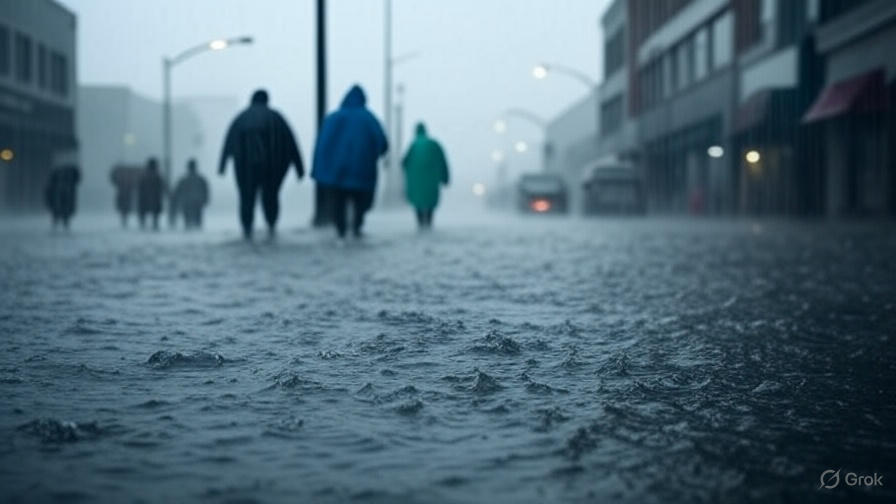Meteorologists warn that the Eastern U.S., from the Appalachians to the Atlantic coast, will face repeated rounds of slow-moving thunderstorms through the weekend, bringing excessive rainfall and damaging wind gusts. Lingering moisture combined with weak fronts moving slowly from the central U.S. will trigger these potent storms, posing the greatest threat through torrential downpours.

Summer thunderstorms can grow rapidly and move slowly, similar to tropical rainforest storms, dumping 2-4 inches of rain in an hour in localized areas. This can overwhelm storm drains, streets, highways, and small streams, leading to flash flooding. Adjacent areas, just blocks away, may see little to no rain. This pattern caused deadly flash flooding in Ruidoso, New Mexico, and inundated streets in downtown Chicago on Tuesday.
From New England to the mid-Atlantic, southern Atlantic, and Appalachians, this weather pattern will persist into the weekend, with areas of heavy rain and severe storms shifting daily as Midwest fronts move through. Areas like Durham, North Carolina, and central Virginia, already saturated from 2-12 inches of rain from Tropical Storm Chantal last weekend, face heightened flash flood risks. Durham experienced renewed torrential rain and flash flooding Wednesday evening, as predicted.
Motorists are urged to avoid driving through flooded roads, as even shallow water can stall vehicles or sweep them into dangerous, fast-moving currents. Just one inch of rain per hour can trigger flash flooding, and the atmosphere could produce two to three times that amount, according to Senior Meteorologist Tyler Roys.
Residents and campers near small streams, especially in flood-prone Eastern areas, should have 24-hour access to flash flood alerts and know the quickest route to higher ground. A flash flood watch indicates conditions are ripe for flooding, while a warning means flooding is imminent—requiring immediate action to reach higher ground.
Alongside flash flooding, severe thunderstorms will bring powerful wind gusts daily through the weekend. Tall thunderstorms can produce downbursts or microbursts, with winds strong enough to topple trees, cause power outages, and damage property, much like tornadoes. On Friday, severe thunderstorm risks may ease slightly in the Northeast, possibly lasting into part of the weekend. However, Saturday will see new severe storms across the Great Lakes and Ohio Valley, with risks increasing in the Appalachians and eastern Great Lakes by Sunday.
Major Eastern metro areas face significant travel disruptions, with severe storms potentially causing airport ground stops and flooding halting traffic on major highways. Thunderstorms may reach the coastline by Monday, but drier air and high pressure could limit impacts in cities like Boston and New York City. If storms accelerate, they might affect these areas by Monday afternoon, potentially disrupting evening commutes.



